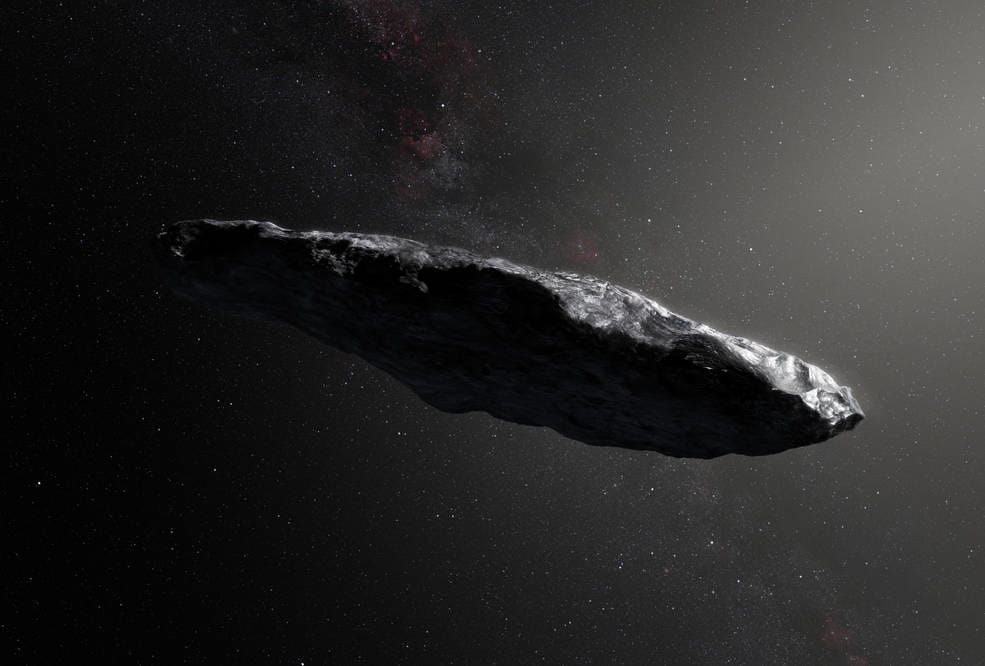Scientists Unveil Massive Generation Ship Design to Carry 2,400 Humans on 400-Year Journey to Alpha Centauri
A team of international scientists has released detailed blueprints for humanity's most ambitious space exploration project yet: a colossal generation ship capable of carrying 2,400 people on a 400-year interstellar voyage to Alpha Centauri, our nearest stellar neighbor.
The Ultimate Test of Human Engineering
The proposed vessel, dubbed "Project Exodus," would span nearly two kilometers in length and utilize a rotating cylinder design to generate artificial gravity through centrifugal force. Led by aerospace engineers from MIT and the European Space Agency, the research team spent five years developing what they call "the most comprehensive interstellar travel blueprint in human history."
"We're not just designing a spacecraft – we're designing a world," explains Dr. Sarah Chen, the project's lead engineer. "This vessel would need to sustain human civilization for 20 generations while traveling at 10% the speed of light toward Alpha Centauri."
A Self-Sustaining Civilization in Space
The generation ship would function as a complete ecosystem, featuring multiple biomes, agricultural zones, manufacturing facilities, and residential areas. The design includes:
- Living quarters for 2,400 inhabitants across multiple decks
- Agricultural pods capable of producing food for the entire population
- Advanced life support systems with 99.9% recycling efficiency
- Educational and research facilities to preserve human knowledge
- Medical bays equipped for births, deaths, and genetic diversity management
The ship would rotate once every two minutes, creating Earth-like gravity in the outer rings while maintaining zero gravity in the central hub for specialized manufacturing and research.
Overcoming the Distance Challenge
Alpha Centauri sits 4.37 light-years from Earth – roughly 25 trillion miles away. Even at the proposed speed of 30,000 kilometers per second (achieved through fusion propulsion and solar sails), the journey would take four centuries to complete.
"The scale is almost incomprehensible," notes Dr. Marcus Rodriguez, an astrophysicist at Stanford University who wasn't involved in the project. "We're talking about a journey that would span from the Renaissance to today, but in reverse – launching people who won't see their destination, trusting future generations to complete the mission."
The Technology Behind the Dream
The spacecraft would rely on several breakthrough technologies, many still in development:
Fusion Propulsion: Advanced fusion reactors would provide continuous thrust for decades, gradually accelerating the ship to its cruising speed.
Closed-Loop Ecosystems: Sophisticated biological and mechanical systems would recycle air, water, and waste with near-perfect efficiency.
Genetic Management Systems: Advanced reproductive technology would prevent inbreeding and genetic bottlenecks across 20 generations.
Quantum Communication: Theoretical quantum entanglement systems could maintain contact with Earth throughout the journey.
The Human Element
Perhaps the greatest challenge isn't technological but sociological. How do you maintain social cohesion, purpose, and genetic diversity across four centuries in an enclosed environment?
The design incorporates extensive psychological considerations, including varied landscapes, recreational facilities, and governance structures that could evolve over generations. The ship would launch with carefully selected individuals representing diverse skills, genetic profiles, and cultural backgrounds.
"We're essentially designing the foundation of a new branch of human civilization," Chen explains. "The people who arrive at Alpha Centauri will be genetically and culturally related to us, but they'll have developed their own society during the journey."
From Science Fiction to Scientific Blueprint
While Project Exodus remains theoretical, it represents a significant leap from pure speculation to engineered possibility. The team estimates construction costs at $2.8 trillion spread over 50 years – expensive but achievable if undertaken as a global initiative.
Several space agencies have expressed interest in the preliminary research, though no formal commitments have been made. NASA's Breakthrough Starshot initiative, though focused on unmanned probes, has provided some foundational research applicable to larger vessels.
The Next Giant Leap
Project Exodus forces us to confront fundamental questions about humanity's future among the stars. While a 400-year journey to Alpha Centauri remains decades away from reality, this blueprint transforms interstellar colonization from fantasy into engineering challenge.
As Earth faces mounting environmental and resource pressures, projects like Exodus offer both inspiration and insurance – a reminder that human ingenuity might yet carry our species beyond the cradle of our birth. The question isn't whether we can build such a ship, but whether we possess the collective will to embark on humanity's greatest adventure.
The complete Project Exodus technical specifications will be published in the Journal of Interstellar Studies next month.

